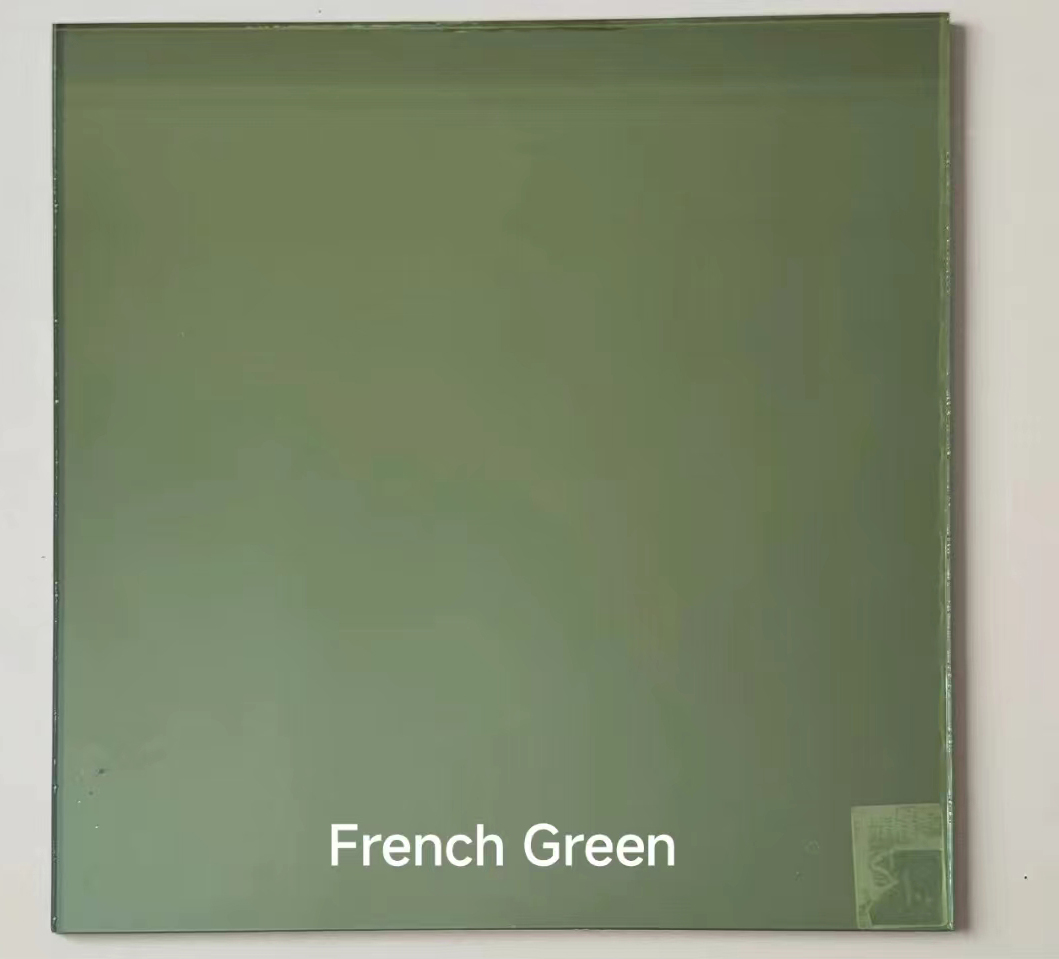

Understanding Low-E Glass and Its Manufacturers
Low-E glass, short for low-emissivity glass, has become increasingly popular in the construction and design industries due to its energy efficiency and innovative technology. Unlike standard glass, which allows significant amounts of infrared and ultraviolet rays to pass through, low-E glass has a microscopically thin coating that reflects heat while allowing natural light to enter. This unique property makes it an ideal choice for both residential and commercial buildings striving for sustainability and energy savings.
Advantages of Low-E Glass
The primary advantage of low-E glass is its ability to minimize heat transfer. In colder climates, it reflects indoor heat back into the room, thus maintaining warmth and reducing the need for excessive heating. Conversely, in warmer climates, it reflects heat away from the outside, helping to keep buildings cooler and reducing air conditioning needs. Consequently, installations of low-E glass can lead to significant energy savings, lowering heating and cooling costs.
Moreover, low-E glass provides additional benefits such as UV protection. Standard windows often allow harmful UV rays to enter a space, causing the fading of fabrics, artwork, and other items. By blocking a substantial percentage of these rays, low-E glass helps preserve the longevity of furnishings and interiors.
The Role of Manufacturers
The production and supply of low-E glass are pivotal. Various manufacturers across the globe focus on the development of cutting-edge low-E technology, resulting in a diverse range of products that suit different applications and budgets. Some of the leading low-E glass manufacturers have established themselves by focusing on quality, innovative methods, and sustainability.

For instance, major manufacturers like Guardian Glass and Cardinal Glass Industries have invested in advanced coating technologies to enhance the performance of low-E glass. These companies utilize proprietary processes that maximize energy efficiency while ensuring durability. Their products often feature different levels of emissivity, allowing builders and homeowners to select the best option for their specific needs.
Furthermore, manufacturers also play a significant role in educating consumers about the benefits and applications of low-E glass. Through partnerships with architects, builders, and contractors, they promote energy-efficient designs that emphasize the importance of using such innovative materials.
Selecting the Right Manufacturer
When choosing a low-E glass manufacturer, several factors should be considered. Quality of the product, reputation, customer service, and the range of available products are crucial elements in making an informed decision. Collaborating with a manufacturer that provides comprehensive support and guidance can significantly enhance any construction or renovation project.
Additionally, sustainability practices are increasingly becoming a priority for many consumers. Many low-E glass manufacturers are integrating eco-friendly processes in their production, aligning with the global push towards sustainability in the building and construction industry.
Conclusion
Low-E glass stands out as a beacon of energy efficiency within modern architecture. Its advantages, ranging from energy savings to UV protection, make it a favorable option for various applications. With numerous manufacturers dedicated to producing high-quality products, the market is ripe with choices for consumers interested in improving their building’s energy performance. As awareness of the importance of energy-efficient materials continues to grow, low-E glass and its manufacturers will undoubtedly play a pivotal role in shaping the future of sustainable building practices.